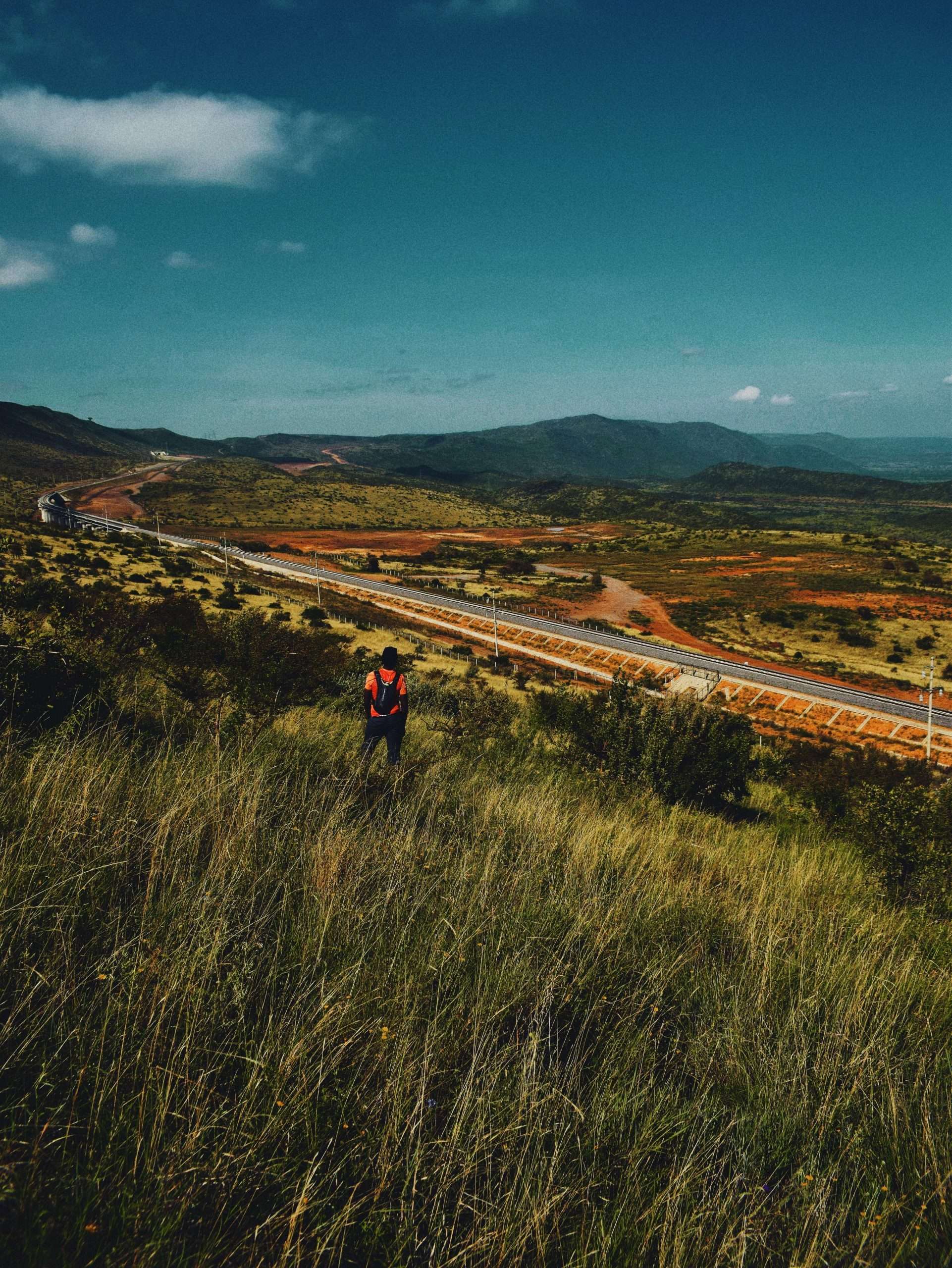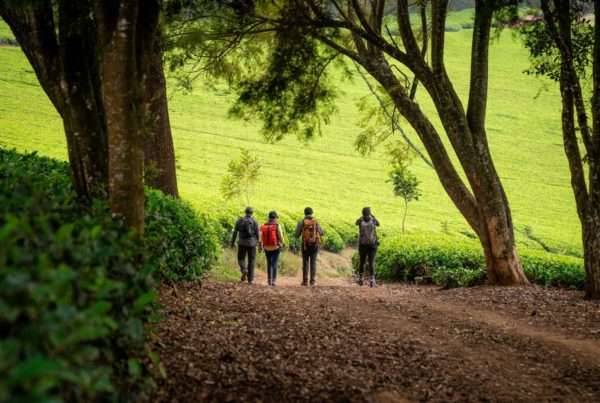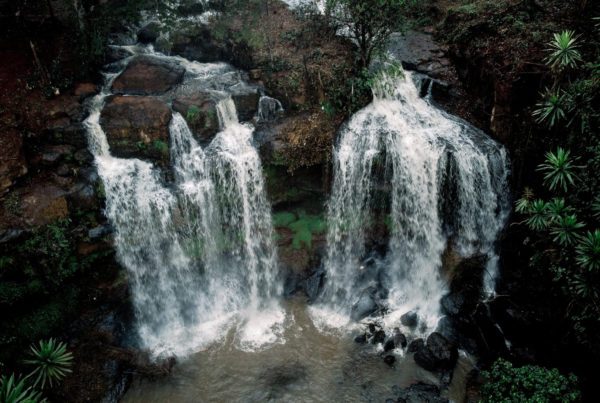How do you do proper research for a hike?

Nothing beats the feeling of a well-executed hike. Good planning makes you more probable to have moments of bliss such as these.
The true beginning of a hike is not on the trail when you start walking, but as an idea in your head when you choose walking as your means of travel. After the idea is hatched, it is fed with information so that it can stay alive, grow, and eventually be executed successfully.
This information creates the difference between enjoying your hike, fatal incidences, and not hiking at all. Important things to know about researching are why you should do it, what information you should look for when you are researching and where you can find the information. Let us see a few guidelines on executing this obligation.
There are many important reasons for doing research among them choosing your objectives. These could be such as a navigation challenge, a steep ascent as a good strength and endurance exercise or to achieve high altitude, special locations such as mountains, deserts, forests, or water bodies for their unique aesthetic value, or just to know your neighborhood.
The next step is deciding the trails with the best conditions to achieve them. Make a list and eliminate based on your objectives and capabilities. For instance, you might want to get to the Mount Kenya Point Lenana summit. There are up to nine routes, each with small variations. Which one should you take? You should know where they start, where they end, the distance between resupply points and campsites along the trail if any, and everything significant in between so that you can plan logistics. You should also create milestones that will mark your progress.
Learn about weather and environmental conditions to create an itinerary and expect the equipment you should bring with you. Keep in mind the symptoms, effects, and remedies of conditions experienced in extreme conditions such as altitude sickness in the low atmospheric pressure of alpine trails, dehydration in deserts or hot climates, cold, and hypothermia during storms or winter, etc. Remember to buy the supplies to remedy these conditions as well. The depth of your research will be a key determinant of how successful your hike will be.
When you are doing research, you should look out for geography and anthropology. In learning the area’s geography, you will understand the terrain, vegetation, wildlife, landmarks, weather patterns and seasons, and economic activities. Learn about the distance and the difficult parts of the trail. If the hike will be lasting for longer than a day, try identifying camping sites on maps.

Here is a sketch map prepared by a Lets Drift Guide Karori Mungai for an event he hosted at Thiririka River in Kiambu. It highlights all the major roads on the trail that they used that day. He held a learning session during the hike to teach his team how to use the map.
You will understand the culture and social structures of the communities you will interact with along the trail by learning their anthropology. This is important so that you can anticipate the effects of culture shock.
The resources for research are easily accessible through the internet. There is information such as maps, contacts, price lists for specific trails or packages, etc. On blogs such as mine, people often describe their experience on trails, a rich source of information. Watch out for a segment called Trail Review on my blog. You can get a lot of information from your friend who has traveled through the trail before. Maps, especially topographical maps, are a compact source of extensive information. By employing good map reading skills, you can envisage the terrain along the trail better than most of the other resources.
Guides and tour companies are the best resources. They offer packages that cater for everything, totally eradicating the need for any further research. In my opinion, these offer more comfort but less adventure. I enjoy better putting in more time to plan my escapades to suit my most esoteric preferences and to grow my skills.

Mt. Longonot, a popular hiking destination in the Kenyan Rift Valley
Here is an example of research I did for a hike to Mt. Longonot in Kenya. It is a dormant stratovolcano in the Great Rift Valley. Its peak is at 2776m above sea level and it has a 7km circumference crater. The weather is hot for most days of that means sun protection is very necessary.
The mountain is covered by shrubs from the bottom to the top. There are buffalos, zebras, antelopes among other wild animals. Some prominent landmarks that you will see from a distance as you hike the trail are Lake Elementaita, Lake Naivasha, Lake Nakuru, Mt. Suswa, the escarpments, and other wonderful features of the Great Rift Valley.
Mt Longonot is protected by Kenya Wildlife Service, which charges the standard rate for all their parks, as the trail is part of Mount Longonot National Park. There is only one trail on the mountain so there is no need for maps or sophisticated navigation. The trail involves scrambling on 3km of steep slope from the gate to the crater and 7.2km of rugged terrain around the crater, making a total distance of 13.2km. Most people can cover it in less than 5 hours. There is a rugged route that requires more technical hiking and basic climbing to get to the bottom of the crater. The park is open all year round and can be accessed by public service vehicles plying the route. This trail is easily doable even by beginners and offers a good challenge every time you try it.

The research for Mt. Longonot was coupled up with a few other locations to make one of my best backpacking expeditions this year. We camped at the park for a night and hiked the mountain the following day before continuing with our journey from Ngong to Naivasha.
Researching before your hike does not make your hike any easier. The trails will still have the same challenges after the research that they had before the act. However, researching prepares you to approach the challenge better equipped. It makes it more probable that you will enjoy your time outdoors. There are other issues that you cannot research for only one hike but for every hike that you shall ever undertake. You can follow my series about hiking and view the articles briefly describing lifestyle habits that will prepare you better for hiking, the basic equipment and clothing for hiking, and about guides. After reading those, research plan and enjoy your time outdoors!







